TOPIC 20: ECONOMIC GROWTH AND DEVELOPMENT ~ ECONOMICS FORM 6
ECONOMICS NOTES FOR FORM FIVE – ALL TOPICS | Economics Form V-VI.pdf | A LEVEL ECONOMICS FORM 5-6 NOTES | FORM 5 ECONOMICS NOTES – TANZANIA | Economics Form 5 Topics | Form Five Notes by Tanzania Institute of Education | Economics Notes Form 5 to 6 – For A level | Economics Form Five Notes Za A-level PDF Download | FORM FIVE & SIX STUDY NOTES
Economic growth is the quantitative increase in national income produced in an economy.OR Economic growth is the increase in the market value of the goods and services produced by an economy over time.It is conventionally measured as the percent rate of increase of real gross domestic product, or real GDP.
Economic concerned with increase in size of national income / growth National product (GNP, Therefore economic growth concerned with increase in level of output produced in an economic without considering social and political aspects of the economic.
DETERMINANT OF ECONOMIC GROWTH
The level of economic growth may determined by various factor. There are:-
Availability of Natural resources (Natural endowment )
Natural resources may include all natural endowment such as soil, forests, minerals resources, climatic situation and so on. Therefore if country endowed with that resources and well used in production size of output will increase (economic growth) and if not available will course low level of economic growth.
Human factor / availability of quantity and quality labor force -country which has strange number of labor force and high quality(skilled labor), these labor may engage in production activities and make effective utilization of Natural resources which lead to high economic growth , While unavailability of skilled and unskilled labor course low rate of economic growth.
Technology progress /state of technology. -Improvement in state of technology may cause people to use modern tools in production process which cause large production and economic growth while low level of technology also may lead to lower economic growth.
Availability of capital and capital accumulation. -Country with high level of capital and being able to accumulate capital will be able to produce more goods and services while country with less capital will produce less and lead to low level of economic growth.
Political situation: – This includes political stability and instability, country with political and social stability create conducive environment for investment and production which lead to high rate of economic growth , while political and social instability discourage investment and production which cause low rate of economic growth.
Investment and economic policies of government formula, conducive economic and investment policies such as low tax increase in subsidies, less documentation and procedure in investment may encourage investment and cause high rate of economic growth and poor policies may hinder economic growth, economic policies also includes improved economic infrastructure, economic stabilization policies etc.
Availability of entrepreneur and entrepreneurial ability –country with large number of entrepreneurs and many people with entrepreneurial ability will be able to establish and run successful business unit that will produce more goods and services and high rate of economic growth while less number of entrepreneur reduce investment and economic growth in an economy.
EFFECTS OF ECONOMIC GROWTH IN AN ECONOMY
Economic growth in a country like Tanzania may have both positive and negative effects.
POSITIVE EFFECTS OF ECONOMIC GROWTH
Increase in per capital
Economic growth cause increase in output produced and National income (GNP) this may cause rise in per capital income which may be associated with improved living standards.
High level of employment
Increase in production of goods and services cause increase in demand for factors of production which lead to the increase in employment level i.e. employment of labor
Rapid industrialization
Economic growth facilitate increase in demand for industrial goods and increase in production will may cause increase in industrial activities in an economy
Improvement in economic infrastructure
Population/ government may enjoy improved infrastructure due to their economic growth because government and private sector may improve road, railways, airways and communication system when economic growth occur.
Diversification of an economy
When there is economic growth, country may enjoy diversified economy. Because, economy may grow well if there is diversified economy i.e. economy composed of many sectors which are almost equally development.
Increase in utilization of resources
High economic growth means resources are well utilized in production, therefore these may give effects of effective/high utilization of resources.
Growth of town / urbanization
Due to economic growth of economic activities such as industrial and trading activities may cause growth of towns or urbanization in an economy.
NEGATIVE EFFECTS OF ECONOMIC GROWTH
Apart from positive effects economic growth may have Negative effects in an economy, these are:-
Environmental degradation
Due to rapid economic growth and industrialization, environmental degradation such as pollution, deforestation, soil erosion may occur in a country.
Over exploitation and wasteful utilization of resources.
Economic growth cause excessive demand for economic resources like soil, mineral, which then cause over exploitation and exhaustion of such resources.
Income inequality and unequal development
Economic growth does not consider how income distributed among people in a nation and unequal distribution of industries and development in a country.
Rural – urban irrigation
This may occur due to increase in economic activities in urban areas while rural area lag behind, this will attract many people to leave rural to urban so as to get employment and enjoying urban area, this reduce level of economic activities in rural areas.
ECONOMIC DEVELOPMENT
This is the quantitative and qualitative improvement in an economy it includes improvement in welfare of people.
Some of definitions by different economists.
According to Higgins
‘Economic development is a permanent rise in total and per capital income of a country, widely diffused throughout occupational income groups continuing at least for two generation and becoming cumulative’
According to Adleman who provide broads definition
“The process by which an economic development transferred from one whose rate of growth of per capital income is small or negative to one in which a significant self – sustained rate of increase of per capital income is a permanent long run feature.”
Therefore economic development measured by change in National income of an economy over a long period of time and changes in per capital income.
INDICATORS OF ECONOMIC DEVELOPMENT
The following are indicators of economic development.
High per capital income
High per capital income is the indicator of improved economic development because developed countries produce more goods compare to rate of population growth which causes high per capital income. .
Equal income distribution and development.
In order country to be considered as developed country there should be equal regional development and equal income distribution or fair income distribution in an economy.
Low or Absence of Economic instability
Developed countries has low or no economic instability and has stable economic situations such as stable price level, stable budget, No deficit budget and favorable balance of payment.
Social and political stability
Developing country has no social unrest and political instability such as war, conflicts of region, political parties or tribal’s and has improved social services.
Decrease in illiteracy rate and increase in supply, of efficient labor.
Low death rate and height life expectancy
Developed country has low death rate due to improved food supply and improved health services, this cause people to enjoy high improved health services, this cause people to enjoy life expectancy
Urbanization and improved infrastructure.
High level of investment and rapid industrialization in an economy.
INDICATORS OF DEVELOPING COUNTRIES
The indicators of developing countries like Tanzania are as follows:-
Low per capital income
Developing countries still have low but growing per capital income. This may be due to high rate of population compare to increase in National income / economic growth.
Population pressure and back ward population
Developing countries has high population pressure and slow process of economic development also large percent is illiteracy/literacy is too law (backward population).
Low technology and industrial development
Backward technological advancement limits production efficiency which leads to low production and industrial development.
Unfavorable Terms of trade and balance of payment.
Increase in level of dependency
This means country depends on another Nations is achieving a desired goals or objectives
Increase in burden of debts, most developing countries has many debts due to the increase in dependents abroad and development in one sector in a country.
Under utilization of resources and labor unemployment
Low level of national income (GNP) and living standards.
THEORIES OF ECONOMIC DEVELOPMENT
THEORY
These are statements or group of statements established by reasoned argument based on known facts intended to explain a particular fact or events.
Theories of social and economic development offer arguments that try to explain the process of social and economic development
In economic part of view theories of economic development are many but we will study only five theories of economic development these are:-
ROSTOW’S STAGES DEVELOPMENT THEORY
Rostow’s stage of development theory, is the theory used to explain about economic development, This theory developed by American Economic historian, W.W Rostow in his book called “The stages of Economic growth” in 1960, this theory create Rostow as a sole introduce of concept of stages of economic growth and development .
According to Rostow’s theory “it is logically and practically possible to identify stages of development and to classify society according to stages.
Rostow categorize development of a Nation by taking into account things like productive capacity and technological advancement, Accumulation of capital and resources utilization, saving and investment together with trade both domestic and international trade.
According to Rostow, all countries must pass through those stages of economic growth during the process of development.
There stages divided into five main categories / stages:-
(i) Traditional society
(ii) The pre conditions for takeoff (Transitional stage)
(iii) Take off
(iv) Drive to maturity
The Age of high mass consumption.
Stage 1. THE TRADITIONAL SOCIETY
In this stage economy is dominated by subsistence activity where output is produced and consumed by producers rather than traded. Trade (if any) is carried out by barter trade where goods are exchanged directly for other goods. In traditional society there were limited production function based on technology. Agriculture is the most important industry or sector of an economy and production is labor intensive using only Limited tools or quantity of capital, families play great role in production and resources allocation is determined very much by traditional methods of production. Finally traditions, family and clan play role in social organization and there is limited change.
Stage 2. THE PRE CONDITIONS FOR TAKE OFF (Transitional stage)
This is the second stage of growth which brings society in the process sensitive i.e. the period when pre conditions for takeoff are developed. During this period society tries to adopt changes and tries to foregone traditional and leads towards take off main characteristics of this stage, is changes in altitude from accepting that economic environment is beyond control to altitude that people may control economic situation by systematic procedures which lead to economic growth. Main features of this stage is increased specialization generate surplus for trading, there are emergence transport infrastructures to support trade, income, saving and investment grow, entrepreneurs emerge, international trade occurs through concentrating on primary products, during this period people start to improve technology and science and industrialization start
Stage 3. TAKE OFF STAGE
The take off stage is the interval during which rate of investment and industrialization increases, thus changes initiated by change in technologies of production and disposition of income flows.
In this period shift from Agricultural section to industrial sector and growth concentrated in few region of the country.
According to Rostow take off stage is characterized by three main conditions (events), there are:-
(i) Necessary but sufficient condition is that, rate of investment rise from 5% to 10% and above of GNP / National income the growth is self sustaining as investment lead to increasing incomes in terms of generating more saving to finance further investment.
The existence of one or more substantial manufacturing sector with high rate of growth.
Existence or quick emergence of a political, sound and institutional framework which exploit the impulse to expansion to a modern sector and give to the growth /development process an ongoing character.
Stage 4.THE DRIVE TO MATURITY
During this period economy progressively grows and diversifying into new areas. There is technological innovation and progress which provide diverge range of investment opportunities, new industries established and people invest large percent of National income (up to 20%). Economy produce wide range of goods and services and find new place in international economy and goods exported. Also goods initially imported are produced and country reduces reliance on imports.
Stage 5.THE AGE OF HIGH MASS CONSUMPTION
This stage also called stage of high living” In this stage economy is geared towards mass consumption leading sectors shift towards durable consumer goods and services.
According to Rostow free choices are expected to overcome scarcity and to result in progress through the automatic adjustment of free exchange in the markets. Therefore force of competition ensures economy to produces the goods which people desire and maximum output produced in the most efficient manner.
In this stage productivity increase and produced goods which satisfy all society’s demand. Countries like USA, France, Japan, German, and Russia reach at this stage.
CRITICISMS ON ROSTOW’S STAGES OF ECONOMIC
GROWTH THEORY
Rostow’s Stages analysis has been criticized by certain economists in the following grounds.
Most of critics on whether a valid and operationally meaningful distinction can be made between stages of development, especially between the transactional phase and take off stage and between take off and maturity. This mean’s Rostow fail to provide unique characteristics that may distinguish his different stages.
According to Kuznets it is difficult to make empirically. Testing of the theory which Rostow himself makes no attempt to do. I.e. there is no quantitative evidence for assertions made and some of characteristics of stages as analyzed by Rostow are not specific and sufficient to define the relevant empirical evidence even if data were available.
Another critic a rise on whether Rostow used scientific method and people criticized and said Rostow develop theory with using scientific method and use unscientific method and common practice of observing phenomenon, developing hypothesis on the basis of phenomenon, and using phenomenon to support the hypothesis.
Rostow’s view fail to explain well about Nature, causes and objectives of development, if tends to focus on constraints or obstacles (patricianly lack of capital) and theory show little input on natural resources on development.
Many development economists argue that Rostow’s model was developed with Western cultures in mind and not applicable to LDC’S like Tanzania.
ROSTOW’S THEORY ON UNDER DEVELOPMENT
The use of Rostow’s model as a framework for analysis of the process of development assumes that present day developed countries were once underdeveloped and all countries move through all these stages of growth. But this as historical experience indicates is not the case for many third world countries particularly African countries, this argued by different economist as follows;-
For these African countries under development is not natural stages of human development, Africa appears to be moving backwards, or developing in zigzag manner and not in linear as suggested by Rostow’s.
It is difficult to situate African countries in Rostow’s stages of development, are these countries still in the “traditional stage” or are they near” take off” indeed one can conclude that African countries do not fit in any of Rostow’s stages, others can argue that Africa is moving to yet another stage of development before the “traditional stage” because of growing poverty and dependency on the developed capitalist countries.
Rostow’s stages and thesis is incorrect because they do not correspond at all to the past or present reality of the underdeveloped countries. Rostow does not take into serious consideration the historical experience of the underdeveloped countries or the continuous exploitation of these countries by Ruthless multinational/international companies and exploitation by slave trade, colonialism and by imperialist’s expansion.
Are we then to conclude from all this that Rostow’s contribution is of little value. The answer must be in alternative, because Rostow seems to provide little explanation on African development.
However one cannot fail to note that Rostow offer some extremely valuable insights into the development process, particularly economic development is more or less determined. Also theory is useful since it provide useful background to understand how development is going in different countries and some of characteristics of Rostow stages are relevant and exists in some countries in process of development.
MARXIST THEORY OF DEVELOPMENT
Marxist theory of development is the developmental theory named after “German philosopher Karl Max who lived during the 19th century. This theory developed in early period of industrialization in such nations as England, German and the United States. In this period majority of people were poor in industrial society. Those who owned and controlled the factories and major means of production exploited the mass that worked for them the rural poor were forced or hired into cities, there employment were available in the factories and workshop and paid at subsistence level as stated in most law of wage.
Marx tried to understand institutional framework that produced such conditions and looked for a means to change in order to improve the human condition.
On development of society Marx argues that, the entire history of human societies may be seen as the history of class conflicts, the conflicts between those who own and control the means of production and those who work for them – the exploiters and the exploited, He believed that ownership of the means of production in many society determines the distribution of wealth power and even ideas in the society. The power of the wealthy according to Marx also derived from the control of the political, educational and religious institution as well.
Marxist theory suggested two main perspective / element of development first is “changes are due to class struggle and the working out of contradictions inherent in social and political phenomenon in a society.
Second element of Marxist is material approach to history:
These means development of productive forces and economic activities in central to historical change and operate through the class struggle, struggle over distribution of the social product/surplus.
Marxist believed that a socialist society is both the necessary and desirable end of historical development in his theory Marx said social development take place in stages and categorize these stage into five stages of social development.
Marx’s five (5) stages of development of a society are:-
Primitive communalism
Feudalism
Capitalism
Socialism and
Communalism / communism
PRIMITIVE COMMUNALISM
This also called communal mode of production, it marks the rise of society from sheer animal to human society. Labor were crude productive force in this stage and not well developed which cause primitive man, unable to engage in production alone without the help of other, ownership were communal ownership, Relationship of production were collective, people lived together and jointly conduct their activities for survival, there where low labor productivity, No surplus, equal distribution of products and wealth, No classes and therefore No state, Kingdom and people organized themselves in clan or family in this stage level of development were very low / no.
FEUDALISM
This also called feudal mode of production. It was based on primitive property of land and feudal estates were the man’s source of wealth, it consist of two classes, the land owners and the serfs , landlords exploited the serfs and required to offer their labor force in order to get – rent. This were classes between them which make serfs struggled to free themselves from his exploitative relationship struggling and growing class lead to disintegration of feudalism.
However there is development in this stage in Agriculture, rapid increase as production due to improvement in food, growth of towns as production centers, development of traders and land owner enjoyed both political and military autonomy.
CAPITALISM
This emerged as the result of the industrial revolution in Europe, land as a major failure in capitalist replaced by capital and serf man replaced by wage labor, this lead to emergence of commodity production, relationship in production is exploitative, owner of means of production exploit workers, working class exploited by selling their labor cheaply. During this period weaker farm collapse and societies were well developed using modern tools and land to development. However contradiction between capital and labor leads to downfall of capitalism.
SOCIALISM
This established after overthrown of the capitalist system, socialism establishes the dictatorship of the working class, all means of production were in hand of working class, and relationship of production was non antagonistic / non exploitative relations.
According to Marx socialism is the logical stage of social development after mature capitalism.
COMMUNALISM / COMMUNISM
This is supposed to be the highest level of social development, where there is no exploitative relationship of production, investment and consumption are determined by National plan.
From Marxism perspective development seen as the unfolding in human history of the progressive emancipation of people and nation from the cost of Nature and from a control of other people and Nations.
CRITICISM OF MARXIST THEORY
Marxist theory is often criticized by modern in theorists for concentrating too much on conflict, class struggle and changes as a factor for development and gives less concentration on what produce stability in society.
Marxist analysis does not make critical analysis of African’s unique situation for the resistance, what kinds of classes existed in Africa the Nature of class struggle in Africa etc. This argue Marxist theory as incomplete, this argued by new Marxist theory this attempts to provide answers to the prevailing state of under development and backwardness of third world.
Also Marxist criticized by being too ideologically based through those who paid forward this argument however failed to refute the existence of conflicts and class struggle society.
However it’s important to emphasize that Marxist theory remain significant this because;
Fist Marxist’s ability to highlight the exploitative Nature of the of the capitalist economic system and how this gives rise to classes and conflicts which is of great relevance as most African countries have embarked on the road to capitalist development
Marxist theory is able to provide a descriptive and predictive of social life the theory is able to provide a descriptive and predictive of social life, the theory is able to provide a descriptive picture of social economic for motions, especially that of capitalist economic system.
It is main strength lies in its analysis of social relations that a rise in the process of production and the conflicting social class that are eventually the motive force of development.
MODERN THEORIES OF ECONOMIC DEVELOPMENT
These are theories used to summarize modern transfer nations of social life. These theories look at interval factors of countries can develop as modern countries. These theories assume with help “traditional” countries can develop in the some ways “modern” countries did.
Modernization theorist believe many things are involved in the development process these includes market, resources, infrastructures, organization and entrepreneurship and investment all of which are related to one another, most of modern theories said development is a gradual advance of growth through progressive changes.
Modern theories of development includes Rostow stage model, Regner Nurkse (viscous circle of poverty) theory of development of motive force, process and goal (J. Schumpeter) etc.
VICIOUS CIRCLE OF POVERTY THEORY
Regner Nurkes was the prominent economist professor who attempted to examine problems of capital’s formation in underdeveloped countries. The theory express the circular relationship that effect both in demand and the supply side of problem of capital formation in economically backward areas.
According to Nurkes “A society is poor because it is poor”
A society with low income has both low levels of saving and low level of consumption while the low levels of consumption means not enough market to induce investment even if the capital for investment were available. This low level of investment in turn means little ability of the society to expand its productive capacity or transform the quality of the productive force as whole. This in turn/finally leads to a continuation of low incomes in the society / economy and then circle begins again.
According to Nurkse the backward countries have failed to enjoy the stimulating effects of the manufacturing industries because of limitation of the market for manufactured goods and not the weakness of foreign capitalist and their exclusive when with raw material surplus.
What is the way out of this circle 3 The answer according to nurkse to enlarge the market, Application of capital must be made to a wide range of different industries, this will lead to enlargement of the market also Nurkse emphasize the doctrine of “balanced growth”.
Nurkse in 1953 made observation that on an underdeveloped economy, characterized by “Vicious circle of poverty” the investment programme must be both massive and balanced for growth to occur.
NURKSE’S VICIOUS CIRCLE OF POVERTY
THE RELEVANCE OF NURKSE’S VICIOUS CIRCLE THEORY
While there is no/little doubt that third world countries particularly those in Africa are locked in a vicious circle of poverty, the theoretical cause of poverty /historical cause of poverty are not underlined by vicious theory.
The reality way of this theory also ignored by Nurkses theory, theory ignores the reality of under developed countries characterized by dependent economics which make it impossible to create an environment for massive investment and balanced growth.
Nurkse was however not very optimistic about the role of foreign aid in developing countries and instead emphasis on domestic saving and the role of the state as important factors for balanced growth.
However, Nurkse’s theory succeeds in indicating the extend of poverty / backwardness of the developed countries through it thrown very little on owner understanding of the causes of poverty or backwardness.
SCHUMPETER’S THEORY OF MOTIVE FORCE, PROCESS AND GOAL
Prof. J. Schumpeter in his book, capitalism, socialism and Democracy also contribute to the development debate. Schumpeter theory hinges on three aspects motive force, process and goal as sources of development.
According to Schumpeter the action of creative entrepreneurs will produce spurts of industrial progress, even though innovation originated each other time in a particular industry, the monetary effects and other circumstances were such as to promote each time a wave of new application of capital over a whole range of industries. According to Schumpeter, Innovation makes profit and may trigger off new innovation in other fields.
According to Schumpeter’s model of development, entrepreneurs provide a generating force, the process is innovative and the goal is the establishment of a position of a wealth and power for entrepreneurs.
THE RELEVANCE OF SCHUMPETER’S THEORY
The Schumpeter’s theory does not satisfy the case of the less developed countries in fully obvious, entrepreneurs in most African countries is not the man’s driving force, innovation is not the most characteristics process (indeed it hardly to exist) and private enrichment is not the dominant goals. Hence the process of innovation and technological development remain outside the development process in most African countries. The goal of private enrichment for the African has yet “take off” as enrichment of multinational cooperative becomes the goal in most African countries.
Another weakness of Schumpeter is that he said development depend on innovations but development does not depend only on innovation but on whether adequate incentives for interpreters activity exist and he neglect the role played by consumption, saving and foreign aids technology, assistance and Non – credit sources of investment in development process.
However strength of the theory is that, it tries to show that development is generated within a society by its own member and development process cannot started or sustained by outside efforts. Theory tries to show important roles played by entrepreneurship embodied in person with innovation.
HARROD – DOMAR GROWTH MODEL / THEORY
These theory developed by two economists, SIR ROY HARROD of Britain and E.V DOMAR of the U.S.A.
According to this theory, level of investment is the main determinant of economic growth and economic growth is determined by level of saving and productivity of capital. Theory also suggests no natural reason for an economy to have balanced growth.
According to this theory growth rate of gross domestic product (GDP) depends directly on National saving ratio(s) and inversely related on the National capital / output ratio (K) i.e. The more the economies save and invest, the faster they can grow but the actual rate of growth is measured by the inverse of the capital output ratio – output capital ratio.
GROWTH CONCEPT ACCORDING TO THEORY
Warranted growth – This is growth rate of output at which firms believe they have the correct amount of capital and therefore do not increase or decrease investment, given expectation of future demand
Natural rate of growth
The rate at which labor forces expands, a large labor force generally mean larger aggregate output.
Actual growth – The Actual aggregate output change.
Therefore there is no guarantee that an economy will achieve efficient output – According to theory problem arise when actual growth exceeds or falls to meet warranted growth expectations – difference is exaggerated by attempts to meet the actual demand, causing economic instability.
According to Harrods – Domar Model factor explaining/affecting growth rate are saving rate, (s) capital productivity capital depreciation (etc).
Hence increasing the saving rate, increasing the marginal product.
CLASSICAL THEORIES OF DEVELOPMENT
Classical theory is widely as the first school of economic thought its major developer includes Adam Smith, David Ricardo Thomas Malthus and John Stark Mill.
The classical school of economic development began with the publication in 1776 by Adam Smith “The wealth of a Nation” The book according to Adam Smith identified main determinant of production and growth is resources of production, the book identified main determinant of production and growth is resources of production, the book identified land, labor and capital as the three main factors of production and major contributors to a Nation’s wealth.
According to Smith the ideal economy is a self regulating market system that automatically satisfy the economic needs of the populace/population, He described market mechanism as an ‘invisible hand’ that leads all individuals, in pursuit of their own self interests to produce the greatest benefits for a society as a whole.
Then Adam Smith come with physiocrats ideas in his theory including Laissez – faire but rejected idea that only Agriculture was productive.
While Adam Smith emphasized the production of income David Ricardo focused on the distribution of income among land owners, workers, and capitalists. Record saw a conflicting objective between land owners on the one hand and labor and capital on other arise in the process of production and development, He posited that the growth of population and capital, pressing against a fixed supply of land, pushes up rents and hold down wages and profit.
Rev. Thomas Malthus used the idea of diminishing return to explain Lowing standards in relation to population growth. He argued population tended to increase geometrically outstripping the production of food, with increased arithmetically. The force of rapid growing population against a limited amount of land, meant diminishing return to labor the result according to him is chronically low wages, which prevented the standard of living for most of the population from raising the substance level.
Coming at the end of the classical tradition, John start Mill parted Company with the earlier classical economists on the inevitability of the distribution of income produced by the market system. Mill pointed a distinction between distribution on income produced by market system, Mill pointed to a distinct difference between the market’s two roles allocation of resources and distribution income, market might be efficient in allocating resources but not in distributing income. He wrote, making it necessary for society to intervene.
GROWTH POLICIES OF TANZANIA
Growth policies are those policies or strategies adopted in Tanzania economy by Tanzania government in order to accelerate economic growth and development in Tanzania economy.
In order to achieve high rate of economic adopt different growth politics or strategies all those grouped into the following policies:-
Poverty eradication policies / National development strategies poverty eradication policies include many policies adopted in order to eradicate poverty so as to create strong economic base and economic growth in this policies Tanzania government formulate strategies such as “MKUKUTA” MKURABITA, economic policies such as monetary and fiscal policies, external development management policies, external borrowing, employment policies, Youth empowerment and other strategies in order to accelerate high rate of economic growth and economic development.
Sectorial policies
This is the policy of improving economic sector in Tanzania economy in this policy Tanzania government adopt strategies like establishment of strategies of improving Agricultural sector as a main sector in Tanzania economy. This police include improving Agricultural productivity, government formulate District Agricultural development plans (DADP’s and KILIMO KWANZA which is recent policy, also formation of policies for development of other sectors by providing subsidies.
Creation of sustainable development.
Sustainable development include the use of National resource for current development without affecting future use of resources, in this policies, government of Tanzania enhance Biological diversity, protection and development on use of sea and ocean. Sustainable production and consumption. Also in order to protect sustainable development URT establish environmental management Act and other policies to ensure environmental sustainability.
Social justice and inclusion policy.
In social policies and inclusion, government promote youth development, gender equality and empowerment of women, in this government gender equally in governmental school, employment and other areas such as political opportunities / leadership together with poverty reduction for development.
Development Cooperation and global partnership for development.
In this policy URT establish Bilateral development Cooperation, external debt management, external borrowing, debt relief, also managing Aid relationship and formation of management development cooperation / economic cooperation and integration, which may help to accelerate economic growth even development.
Social progress policies
These are policies of improving social services in an economic so as to improve economic growth and development, social policies include development of social services such as health services, education services, housing, water and sanitation in an economy.
THE ROLES OF INTERNATIONAL TRADE AND FOREIGN
AIDS IN ECONOMIC, DEVELOPMENT
International trade is the trade among Nations while foreign aid is the assistance country get from developed countries and international organizations such as IFM, World Bank, etc.
The following are roles or contribution of international trade and economic 1 foreign aid in process of development:-
International trade and Aid facilitate improvement in technology that may be used in utilization of resources and production process that may facilitate economic development in an economy.
International trade and aid encourage competition within domestic industries, which may aid as a catalyst for increase in production (output) and improvement of quality of goods and services.
International trade expand market for our industries which may facilitate exploitation of resources optimally which may bring development in an economy.
International trade and aids increase revenue and income due to tax and financial aids which may increase international income and used as a capital for investment and production.
International trade and Aid help to get income and assistance for improvement social services such as school, health services and for the development of a Nation.
Foreign Aid and international trade helps to improve economic infrastructures which may create conducive environment for economic activities and development of a Nation.
International trade and Aid help in financing budget which may be used to allocate expenditure so as to bring development in a country.




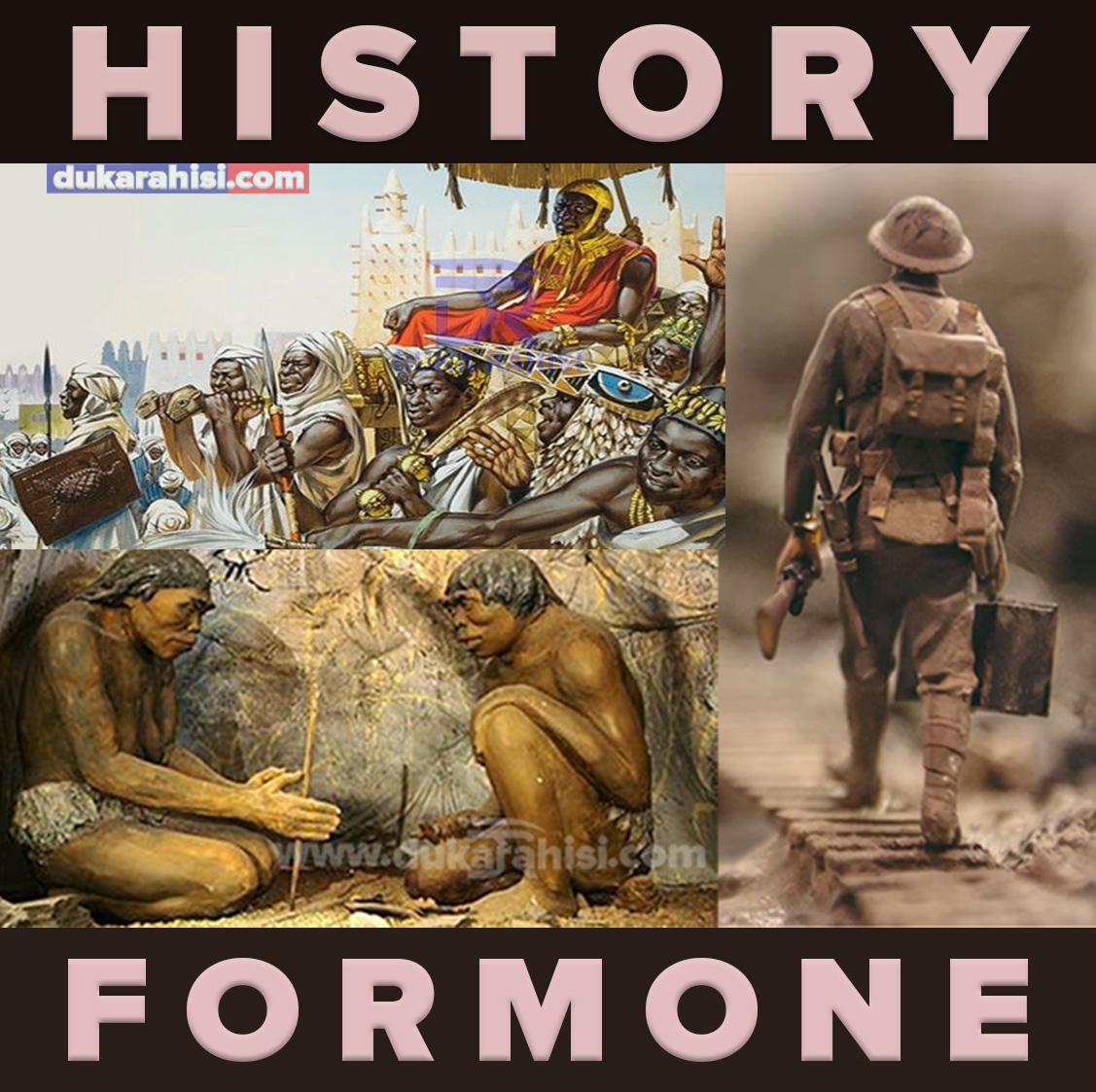
















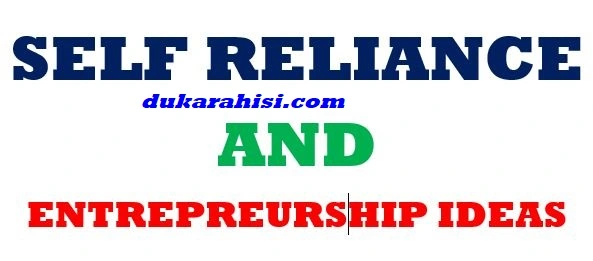






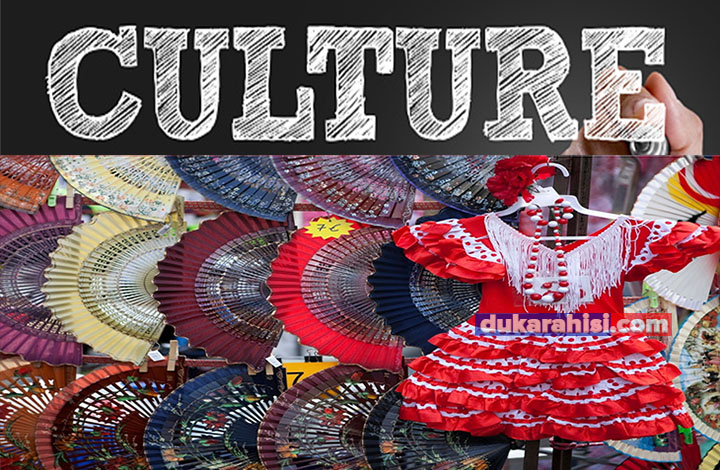









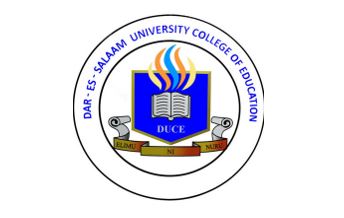











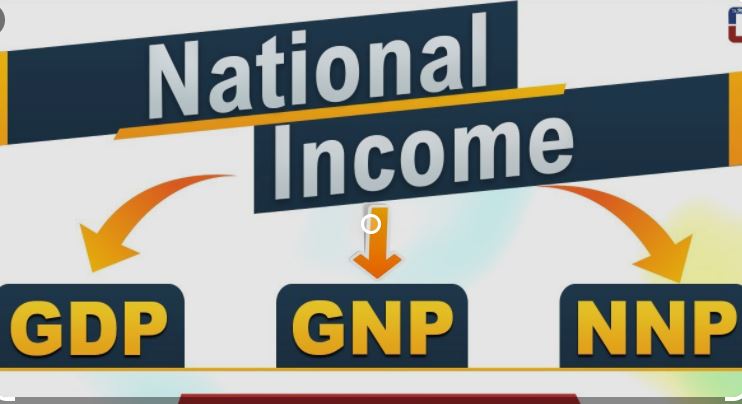

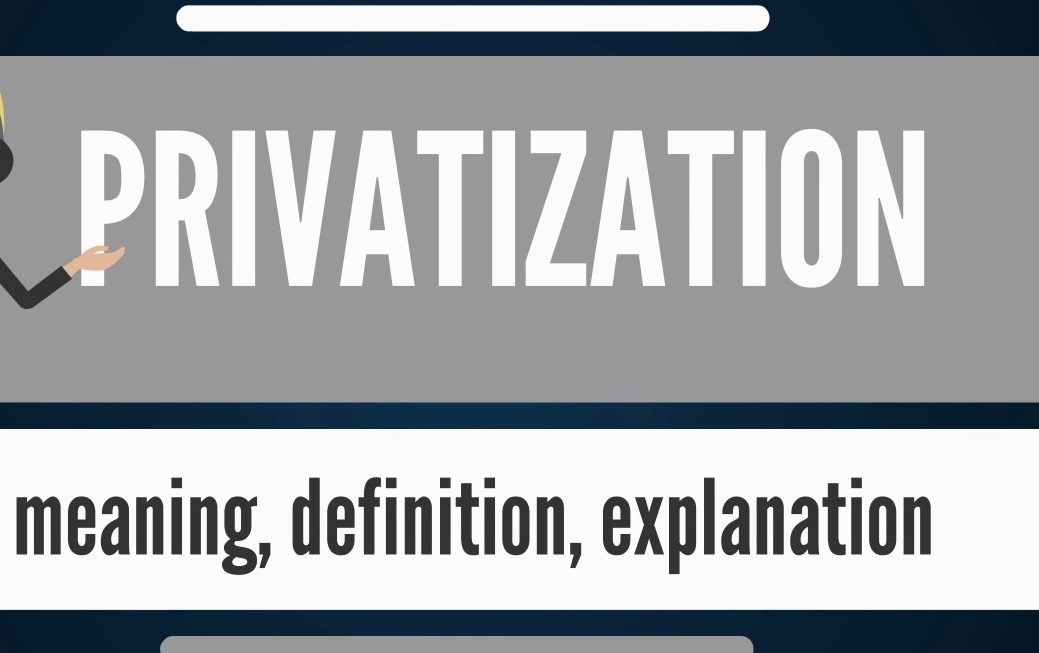
















Have you ever thought about publishing an ebook or guest authoring on other websites? I have a blog based upon on the same information you discuss and would really like to have you share some stories/information. I know my visitors would value your work. If you are even remotely interested, feel free to shoot me an e mail.